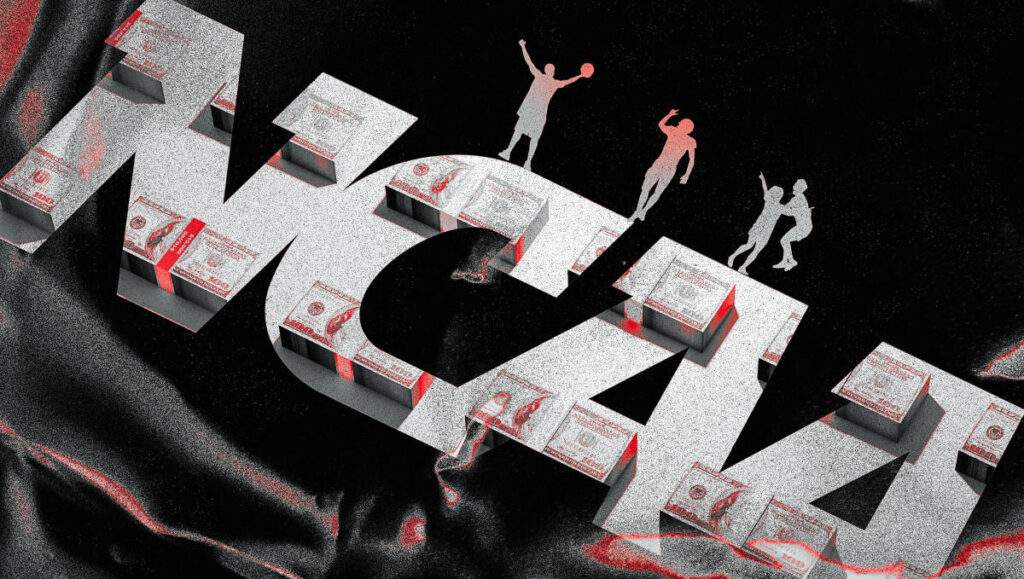NCAA Scholarship Limits Set to Change, Opening Up New Opportunities for Athletes
The National Collegiate Athletic Association (NCAA) has announced significant changes to its scholarship limits, paving the way for athletic departments to distribute millions of dollars in new scholarships to athletes across various sports. The changes, which will take effect in the 2025-26 academic year, aim to provide more opportunities for student-athletes to pursue their academic and athletic goals.
According to the new revenue-sharing model, by-sport scholarship restrictions will be eliminated, allowing schools to offer scholarships to the entirety of their rosters. This means that football, baseball, and softball teams will see significant increases in scholarship spots, with football going from a current limit of 85 to 105, baseball from 11.7 to 34, and softball and volleyball from 12 to 25 and 18, respectively.
The NCAA’s decision to eliminate by-sport scholarship restrictions is expected to result in over 60 additional scholarships being available for distribution across these five sports. While schools are not required to distribute scholarships to each player, many are likely to take advantage of the increased opportunities to offer grants to a larger number of athletes.
The changes are part of a landmark settlement of three antitrust cases, including the House v. NCAA lawsuit, which is expected to be filed Friday. The agreement will also outline the distribution of $2.77 billion in back pay to former athletes and provide details on the new revenue-sharing model, which will permit schools to distribute upwards of $20-plus million annually.
The NCAA’s decision to consider all sports as “equivalency sports” is another significant change, allowing for partial scholarships to be distributed to players. This shift away from “head-count sports” will provide more flexibility for schools to offer scholarships to athletes who may not have been eligible under the previous system.
Commissioner Tony Petitti of the Big Ten Conference has praised the settlement, stating that it will provide schools with “all kinds of opportunities” to invest in their athletic programs. However, the changes may also lead to increased costs for some programs, particularly those that are not generating significant revenue.
To maintain compliance with federal Title IX law, any scholarship increases in men’s sports will likely need to be replicated in women’s sports, which could drive up additional costs. Some administrators are already exploring ways to “tier” their sports, reducing investment in certain programs and increasing investment in others, which may involve staff and salary cuts as well as reductions in scholarships from Olympic sports.
The NCAA’s changes to its scholarship limits are expected to have a significant impact on the college sports landscape, providing new opportunities for student-athletes to pursue their academic and athletic goals while also presenting challenges for athletic departments to manage their budgets and resources.
